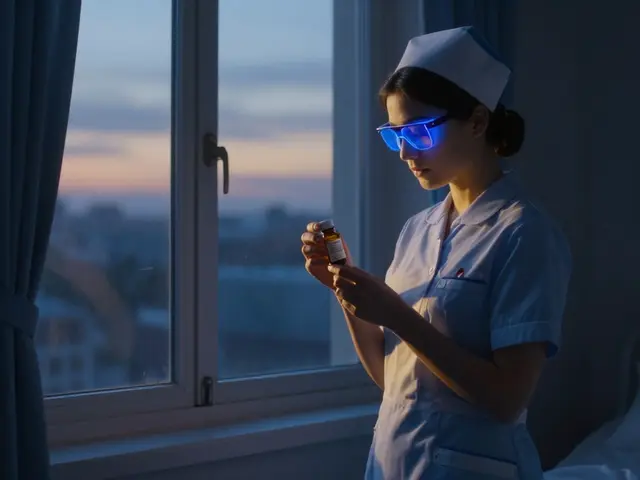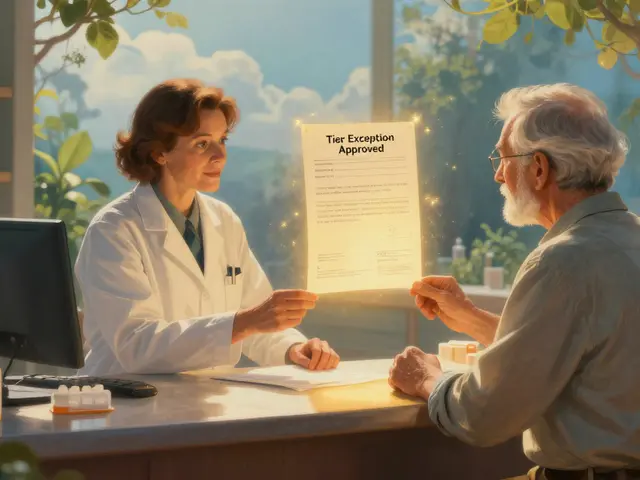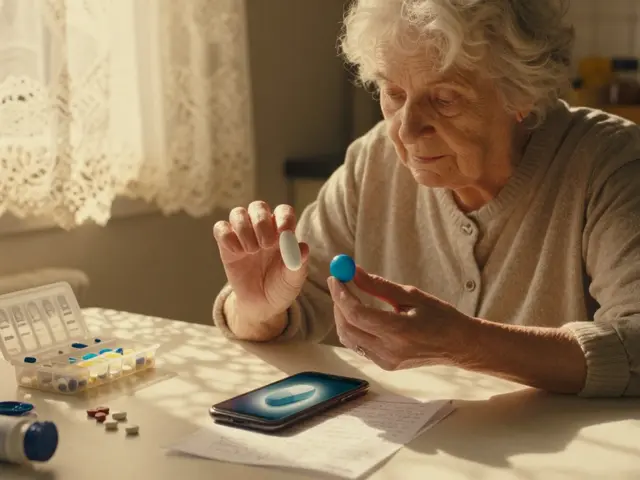Laser treatments for wrinkle reduction and skin tightening
Want firmer skin without surgery? Laser treatments can tighten loose skin and smooth wrinkles by triggering your skin’s own repair systems. This month’s post breaks down how lasers work, who benefits, what to expect during recovery, and simple tips to get better results with less risk.
How laser treatments work and the benefits
Lasers deliver targeted light energy to the skin to make controlled micro-injuries. Your body responds by producing collagen and remodeling existing fibers. That process firms the skin, softens fine lines, and evens texture. Common benefits people notice: reduced crow’s feet and forehead lines, tighter jawline, smaller pores, and improved skin tone. Some lasers also help with acne scars and sun damage.
There are two basic types: ablative lasers (like CO2 or erbium) remove a thin layer of skin and give stronger results but more downtime. Non-ablative and fractional lasers (like certain Fraxel or Nd:YAG devices) heat deeper layers without removing as much surface skin—less downtime but usually more sessions. Which one is right depends on your goals, skin type, and tolerance for recovery.
What to expect during and after treatment
Before treatment you’ll have a consult to review your skin, medical history, and expectations. Providers often pause retinoids and certain acne meds beforehand. Sessions last 20–60 minutes depending on the area. Expect a hot snapping or prickling sensation; numbing cream is common. Afterward you may see redness, swelling, and a sunburn-like feel. For ablative lasers the skin can crust and require a week or more of careful aftercare. Non-ablative options usually need only a few days of downtime.
Results don’t appear overnight. Collagen rebuilds over weeks to months—many people see gradual improvement over 3–6 months. Most providers recommend a short series of 1–3 sessions spaced several weeks apart for best results. Touch-ups every 1–2 years help maintain the effect.
Risks include temporary redness, swelling, pigment changes (especially if you have darker skin), infection, and rarely scarring. Choosing the right laser and technician lowers risk. Always follow post-care instructions: avoid sun exposure, use gentle cleansers, keep skin moisturized, and apply sunscreen once healed.
Quick, practical tips: pick a board-certified dermatologist or plastic surgeon experienced with your skin type; do a patch test if you have darker skin; stop strong exfoliants and retinoids before treatment; and plan treatments when you can avoid sun and busy social schedules during recovery. With realistic expectations and proper care, lasers can be a powerful, non-surgical way to reduce wrinkles and tighten skin.

Unlocking Youth: The Benefits of Laser Treatments for Wrinkle Reduction and Skin Tightening
Explore how laser treatments for wrinkle reduction and skin tightening have become an effective and popular method to combat aging. Learn about the science behind these treatments, the benefits they offer, and tips on what to expect during and after the procedures. Discover how you can enhance your skin's appearance using advanced technologies.
Read More



